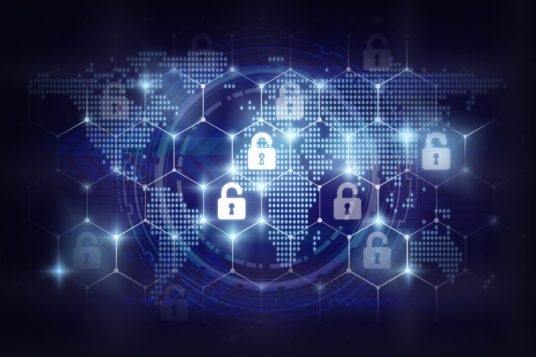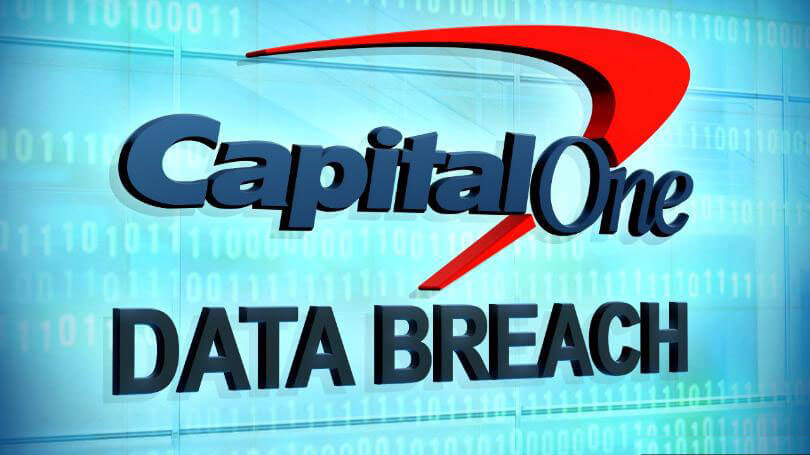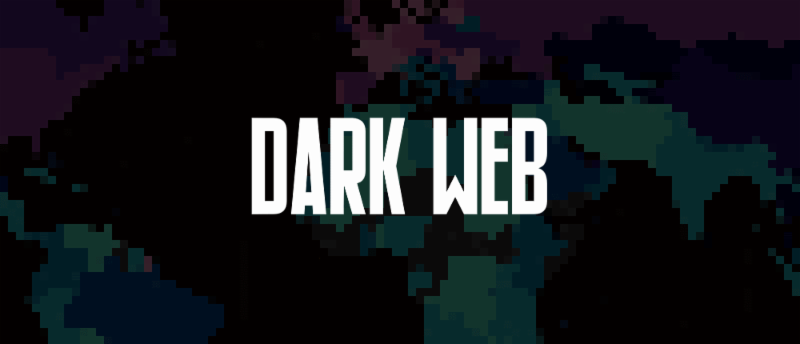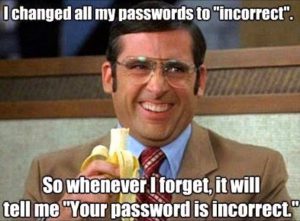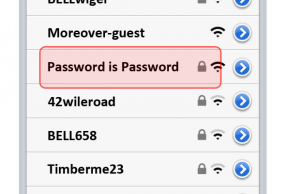Dark Web Monitoring
Top 4 Fraud Trends of 2020 and How Criminals are Targeting YOUR Business
Fabrication
Ransomware
The “R word” can send chills down the spine of any business owner, and for good reason. Two cities in Florida were forced to pay over a million in aggregate bitcoin ransom, only after losing access to phone and email systems for multiple weeks. Municipalities are not alone, and a quick glance at data breach news headlines on any given week will reveal SMB attacks as well.Account Takeover
Understanding how criminals are targeting your business or vertical is a fundamental component to any sound cybersecurity strategy. Nevertheless, “the nature of work for a CISO is often reactive”, tasked with establishing a Security Operations Center filled with analysts who are looking to spot a needle in a haystack. On the other hand, the commoditization of crimeware and “spray-and-pray” techniques have led to a higher frequency in breaches, many of which are executed by non-sophisticated hackers. Solving account takeover fraud at the small business and medium enterprise level in today’s world requires purpose-driven teams and technologies that can protect your business smarter and more efficiently.Universities and Municipalities
Just last summer, three US universities disclosed data breach incidents within a two-day span. However, this pales in comparison to 2018’s highlight. In March 2018, nine hackers breached 144 US universities, charged with stealing 31 terabytes of data worth roughly $3.4 billion in intellectual property. Such breaches have a ripple effect across all verticals and companies, driving consumer awareness and raising the standard for cybersecurity for everyone. In Canada, the University of Ottawa, City of Saskatoon and City of Burlington all experienced ransomware by simple email compromises.How Can E-Tech Help?
Dark Web Monitoring
Security researchers estimate that in the first half of 2019 alone, 23M+ credit and debit card details were being sold in underground forums. Once such data dumps hit the Dark Web, cybercriminals will exchange stolen information and credentials in order to orchestrate damaging fraud schemes. Dark Web Monitoring is designed to help both public and private sector organizations detect and mitigate cyber threats that leverage stolen email addresses and passwords. The award-winning platform combines human and sophisticated Dark Web intelligence with search capabilities to identify, analyze and proactively monitor for an organization’s compromised or stolen employee and customer data. Get a Free Dark Web Scan Today.Cyber Security Awareness Training
The number 1 reason people are victimized by cyber crime is human error. No industry is safe from cyber security threats – even experts like us are targeted by cyber criminals. That’s why we recommend our all-in-one comprehensive advanced Cyber Security Awareness Training Program, to keep you and your employees safe from the dark web. Our Training includes: a presentation to your employees, advanced training modules and course completion certificates, phishing email simulators and fully detailed reporting. Try our Free Cyber Security Training Module.Top 10 Cybersecurity Tips:
- Create unique passwords and enforce multi-factor authentication for all network users.
- Install spam-filtering solutions with anti-phishing capabilities across your network.
- Leverage web-filtering programs that block phishy websites.
- Prepare for cryptojacking attacks.
- Purchase SMB security suites that include Dark Web monitoring.
- Involve all stakeholders in raising cybersecurity awareness across your organization.
- Assess your organization’s information, protection, and access regularly.
- Ensure that all third-parties have cybersecurity protocols and policies in place.
- Build a cybersecurity incident response plan (CIRP) and democratize key information.
- Partner up with experts to train your employees every month.


